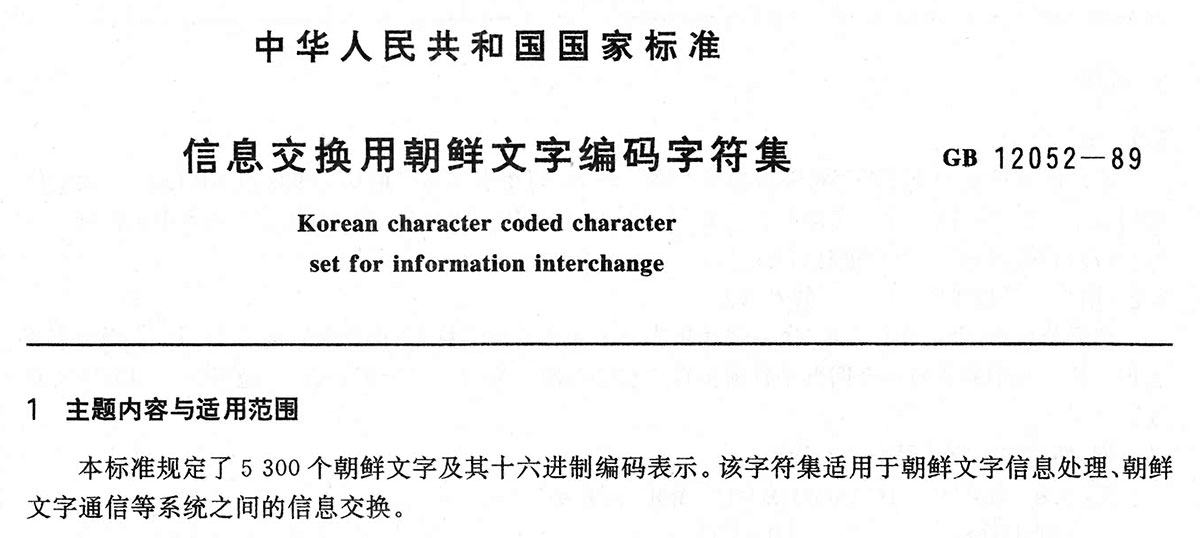
This is an update to the short article that I wrote last August.
Now that it is officially 2015, and given that Unicode Version 8.0 is scheduled to be released mid-year, exactly what is expected to be included—at least in terms of CJK Unified Ideographs—is becoming clearer. Perusing the still-in-process UCD (Unicode Character Database) sheds much light on this. (I also recommend checking the pipeline from time to time.)
I recently updated the single-page PDF that tallies the CJK Unified Ideographs and CJK Compatibility Ideographs that are in Unicode, to include the latest information for Version 8.0, along with what can be expected to be included in Version 9.0 (mid-2016).
The highlights for Unicode Version 8.0 include nine of the 29 Urgently Needed Characters being appended to the URO (Unified Repertoire & Ordering) and Extension E (5,762 characters). The remaining 20 Urgently Needed Characters, along with Extension F, are expected to be included in Unicode Version 9.0.
Source Han Sans (and Noto Sans CJK) supports the first four of the nine Urgently Needed Characters that are being fast-tracked for Version 8.0, along with 108 Extension E code points for supporting China’s 通用规范汉字表 (Tōngyòng Guīfàn Hànzìbiǎo).








